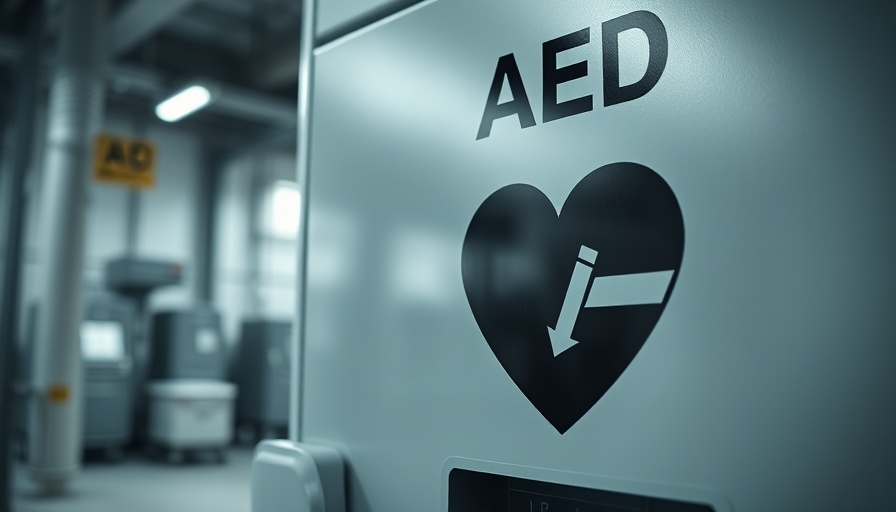
Plastic Waste and Sustainability: How You Can Make a Difference
Since the early 2000s, concerns over plastic waste and its impact on our environment have taken center stage. With more than 300 million tons of plastic produced each year worldwide, our streets, oceans, and landfills are inundated with plastic waste which takes hundreds of years to decompose. But what does this mean for you, and how can you take action?
Understanding Plastic Pollution: A Community Issue
Plastic pollution isn’t just an environmental issue; it’s a community concern affecting public health, wildlife, and local economies. As noted by experts, plastic waste not only clutters our ecosystems but also contaminates our food and water supplies with microplastics, posing potential health risks. For instance, the bottled water industry relies heavily on virgin plastic, which is derived from petroleum, contributing to greenhouse gas emissions throughout its lifecycle.
Simple Ways to Reduce Plastic Waste
One actionable insight from the Earth911 podcast is to incorporate sustainable practices into our daily lives. Here are some tips to lessen your plastic footprint:
- Start a Zero-Waste Kitchen: By buying bulk items and using reusable containers, you can significantly reduce the plastic packaging waste generated from grocery shopping.
- Don’t Forget Silica Gel Packs: Instead of throwing away silica gel packs that are often found in packaging, consider reusing them—they can keep your jewelry tarnish-free or freshen up your shoes.
- Make Recycling Simplified: As discussed in resources from America's Plastic Makers, understanding what recycling can and cannot accept in your local community helps streamline the process. Always make sure your items are clean, dry, and free from contamination before tossing them in the bin.
Myth vs. Reality: What Can Actually Be Recycled?
Many people hold misconceptions about recycling. For example, items like grocery bags and plastic wraps are recyclable but not in your curbside bin. Instead, they need to be dropped off at special collection centers. When recycling incorrectly, you run the risk of contaminating an entire batch of recyclables; hence, understanding and adhering to local recycling guidelines is crucial.
The Importance of Community Involvement
Building a culture of sustainability within your neighborhood can encourage others to partake in efforts significantly. Organizing community recycling events can boost awareness of the issues surrounding plastic pollution while fostering a sense of shared responsibility. Environmental agencies encourage individuals to take part in local recycling drives and even educate neighbors about recycling practices.
The Future of Plastics: What Lies Ahead?
Looking toward the future, trends in sustainable practices and plastics use are promising. Many companies are committing to integrating recycled materials into their product lines. Moreover, innovations in biodegradable plastics and alternative materials are on the rise. Transitioning to a circular economy where products are designed for reuse can effectively reduce overall plastic waste.
Take Action: Your Plastic Waste Matters
So, what can you do today? Start making conscious choices. Before shopping, assess what you truly need, and consider the environmental impact of each purchase. Additionally, reduce your overall consumption of single-use plastics by opting for reusable alternatives whenever possible. It's important to engage with your representatives on policies that seek to reduce plastic wastes, such as improved recycling programs and bans on single-use plastics.
Join the Conversation
We invite you to pledge to reduce your plastic waste. By doing so, you can contribute to a healthier planet for all. Check out resources like EARTHDAY.ORG for further involvement opportunities in your area.
 Add Row
Add Row  Add
Add 




Write A Comment